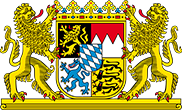
Free State of Bavaria
The Free State of Bavaria: Land in the heart of Europe. Cosmopolitan. Fit for the future. One of a kind.
Bavaria is changing, but the special white-blue attitude to life remains. This includes: live and let live. This joy in diversity is at the heart of the proverbial „liberalitas bavariae“.
Politics

As supreme leading and executive body according to Article 43 of the Bavarian Constitution, the Bavarian State Government addresses a broad spectrum of political topics.
The State Chancellery and State Ministries are entrusted with clearly defined spheres of responsibility or special duties that reflect the wide range of political topics covered.
The State Chancellery is the official seat of the Bavarian Minister-President as head of state and first representative of the Free State of Bavaria. The State Chancellery supports the Minister-President in determining the general guidelines of government policy – in cooperation with the relevant ministries. It coordinates the activities of the state ministries, prepares meetings of the Council of Ministers and resolutions of the State Government, and handles motions, statements and decisions made by the Minister-President and the State Government.
The Bavarian State Chancellery, located on Franz-Josef-Strauß-Ring in Munich, accommodates the executive offices of the Bavarian Minister-President.
As Bavaria’s highest state authority, the State Chancellery also coordinates legislative processes, such as the enactment of laws and ordinances. It is responsible for handling resolutions of the Bavarian State Parliament and for concluding treaties and administrative agreements with the governments of other German states.
Bavarian State Government
The Bavarian State Government is formed by the Minister-President and currently 17 other persons holding the position of State Minister or State Secretary. They meet regularly as a cabinet to discuss, deliberate and decide on political issues.
In the Cabinet each member is entrusted with a clearly defined sphere of responsibility or special duties that reflect the broad spectrum of political topics covered. According to the Bavarian Constitution, the Bavarian Minister-President determines the number and scope of the fields of responsibility.
The Bavarian Minister-President appoints the members of the State Government with the approval of the Landtag, heads the State Government, determines the general guidelines of government policy and represents Bavaria externally. The Minister-President also carries out numerous representative duties. Since 1945 eleven men have held the office of Minister-President in Bavaria.
Dr. Markus Söder, MdL, has been Bavarian Minister-President since 2018.

State-Minister Dr. Florian Herrmann has headed the Bavarian State Chancellery since 2018. In addition to media and broadcasting affairs, the Head of the State Chancellery is in charge of coordinating a reduction in red tape across all departments and agencies. He is also in charge of attending to Bavaria’s federal interests, including defense related issues.
Dr. Florian Herrmann has been Head of the State Chancellery and State Minister for Federal and Media Affairs since 11 January 2021.

State-Minister Eric Beißwenger has been in charge of Bavaria’s European interests since 2023. He coordinates European policies, fosters Bavaria’s external relations and follows important political processes within the European Union.
Eric Beißwenger has been State Minister for European and International Affairs since 8 November 2023.

History
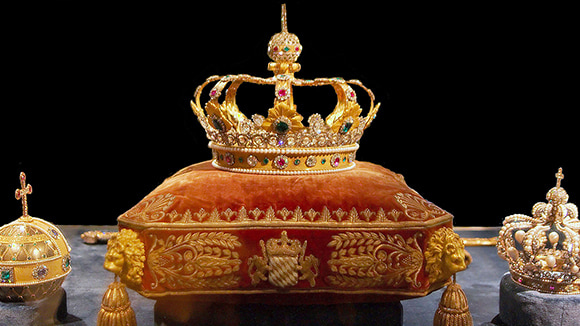
Bavaria is one of the oldest states in Europe. Its beginnings reach back to the 6th century AD: Garibald I ruled from around 550 as the first Duke of Bavaria to be mentioned by name.
Over the centuries that followed, embedded right in the heart of Europe, Bavaria developed into an important Duchy, first under the Welfs and then, from 1180, under the Wittelsbach dynasty. After the revolution of 1918 Bavaria became a Free State and, after emerging from the dark years of Nazi rule, has enjoyed a successful period of democracy, peace and prosperity.
Hightech Agenda
Under the Bavarian High-Tech Agenda and the High-Tech Agenda Plus, Bavaria is investing some 5.5 billion euro in a technology initiative that is unique in Germany. Specific and targeted stimuli for innovation across the state are having a widespread impact that will benefit people all over Bavaria.
Bavaria Worldwide
Bavaria – connected to the world
The State of Bavaria maintains a network of own international relations with states and regions across the globe, some of which have evolved over decades.
Bavaria sees itself as a political entity that independently represents the interests of the Free State wherever affected.
As the world becomes increasingly interconnected and competitive pressures rise, Bavaria aims to actively shape this transformation and assert its interests on the global stage.
The attractiveness and standing of the Free State of Bavaria worldwide are two essential factors in its ongoing success. Bavaria’s international engagement is intended as a complement to and enrichment of the German federal government’s foreign policy.
Constitution
The Constitution of the Free State of Bavaria established the independence of the Free State as a constituent part of the Federal Republic of Germany. Drawn up by freely elected Bavarian politicians, the new democratic constitution was adopted by the State Assembly on 26 October 1946. It was also approved by the people of Bavaria when in a referendum 70 percent said YES.
Following adoption by the Council of Ministers of December 4, and upon publication in the Bavarian Gazette of Laws and Ordinances [Bayerisches Gesetz- und Verordnungsblatt), the Bavarian Constitution came into effect on 8 December 1946 under the then-Minister-President Wilhelm Hoegner.
The Free State became a democratic, cultural, social and constitutional state, and in 1949 part of the Federal Republic organised as a federation under Basic Law.
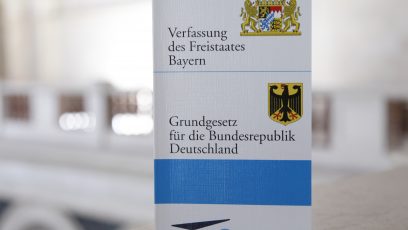
The Constitution of the Free State of Bavaria regulates the independence of Bavaria as a Federal State [Land] of the Federal Republic of Germany.
The Constitution can only be amended by way of legislation (Art. 75). Resolutions of the Bavarian State Parliament for an amendment of the Constitution must be presented to the people for decision.
The Bavarian Constitution is divided into four main parts and includes a total of 188 articles. Its first three articles stipulate that Bavaria is a Free State, that all state authority shall emanate from the people and that Bavaria is a cultural and social state governed by the rule of law. It goes on to describe the structure and tasks of the Free State, basic rights and duties, community life as well as economy and work.
The Bavarian State Parliament [the Landtag]
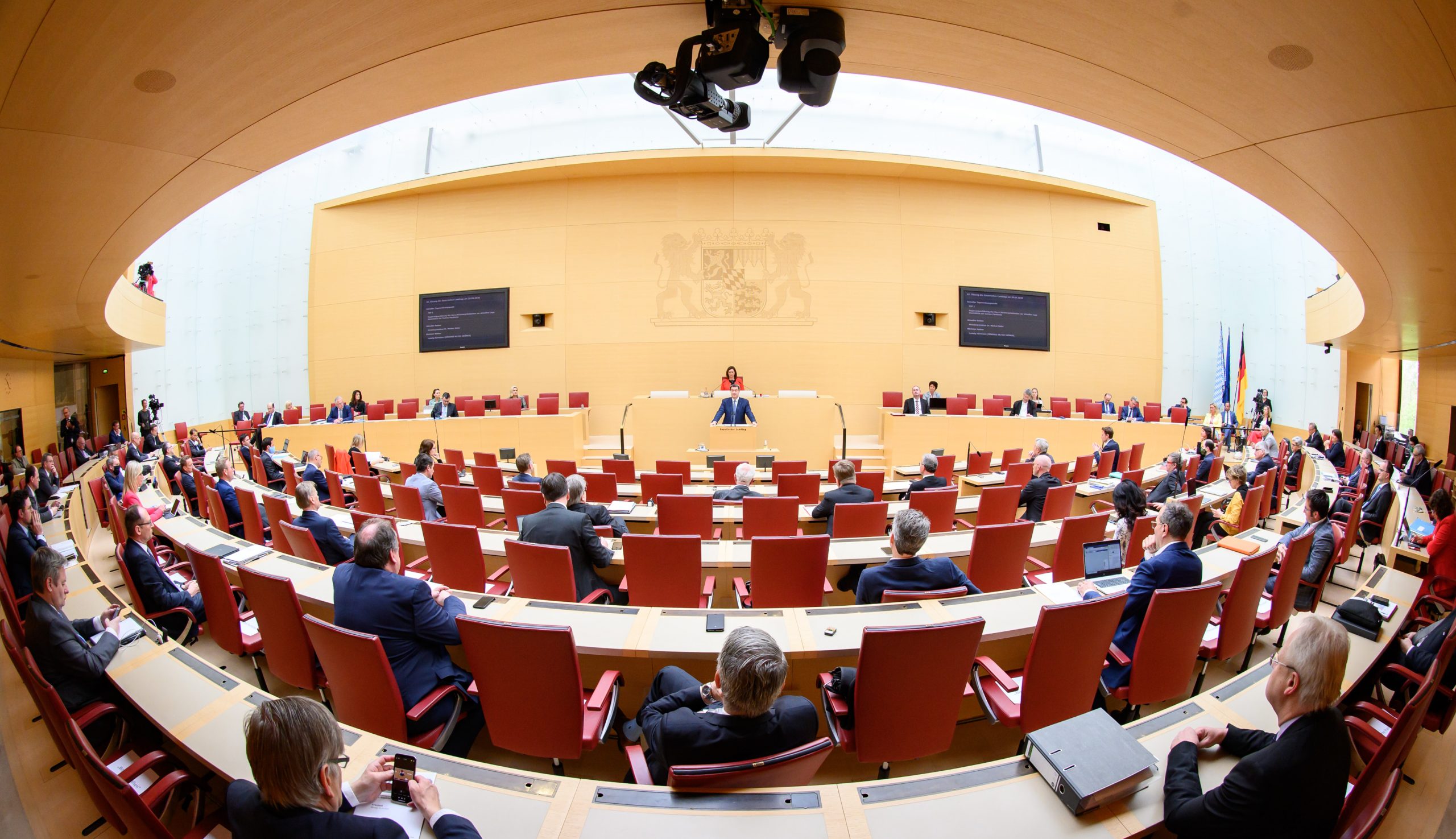
The Bavarian Landtag is the parliament of the Free State of Bavaria. It has four major tasks:
- Formation of the State Government,
- Legislation,
- Control of the State Government,
- Other elective functions and participation in other state bodies.
Did you know? The Landtag is one of the oldest parliaments in Europe.
Ilse Aigner (CSU) is President of the Landtag and is the most senior representative of the Bavarian State Parliament. She is responsible for conducting the business of the State Parliament.
Members of the Bavarian State Parliament are elected for five years. The 19th Bavarian Landtag was elected on 8 October 2023. It comprises 203 elected representatives from five parliamentary groups:
- CSU
- FREIE WÄHLER
- AfD [Alternative for Germany]
- BÜNDNIS 90/DIE GRÜNEN [Alliance 90/The Greens]
- SPD [Social Democratic Party]
Did you know? The Maximilianeum in Munich has been the seat of the Bavarian State Parliament since 1949.
Flag
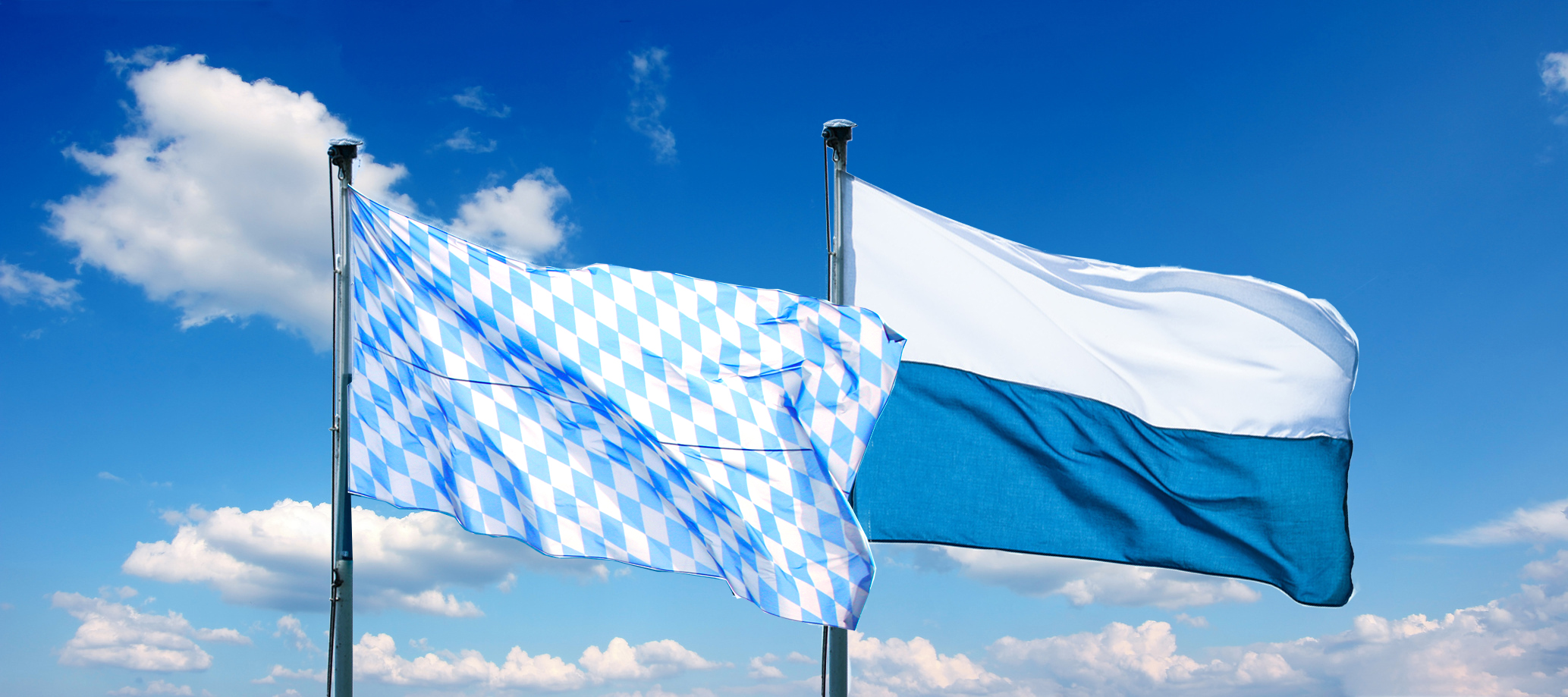
State symbols are sovereign emblems of the Free Sate of Bavaria. In addition to the greater and lesser versions of the Bavarian coat of arms, these also include the striped and lozenge flag. Both flags are of equal status.
The lozenge flag depicts a minimum of 21 blue and white lozenges, wherein the truncated lozenges are counted as well. If the flag is long and thin, the number of lozenges may be increased. The heraldic first lozenge in the right upper corner of the flag – top left corner (adjacent to flagpole) for the viewer – is always an incomplete, cut white lozenge. The striped flag has two equally wide horizontal stripes in the Bavarian colours: the white stripe being on top, the blue stripe on the bottom.
Note: Neither the striped flag nor the lozenge flag depict the Bavarian coat of arms.
Anthem
The hymn “Für Bayern“ (For Bavaria) was already widely known in the second half of the 19th century before it was made the official anthem of the State of Bavaria by initiatives of the Bavarian Parliament.

The author of the original version was the Munich teacher Michael Öchsner, who was publisher of the first periodical of the Bavarian Teacher’s Association. The composer was Konrad Max Kunz, professor at the Munich Conservatory (now the Academy of Music), choir director in the Royal Opera (today State Opera) and member of the Bavarian Chorale Society. Öchsner and Kunz worked together in the old Munich Bürger-Sänger-Zunft (Citizens’ Singers’ Guild) to which they dedicated the hymn “Für Bayern“ in 1860. It quickly became popular in other clubs and associations in which Öchsner, Kunz and their singer friends were active, such as the gymnastic clubs founded after 1860, the Bavarian Teacher’s association, shooting clubs and the Bavarian Singers’ Society.
Wenn Sie die Youtube-Videos auf www.bayern.de einblenden, werden Daten automatisiert an Youtube übermittelt. Der Schalter ist blau. Auf Art und Umfang der übertragenen Daten hat das Landesportal keinen Einfluss. Mit Klick auf den Schalter können Sie die Video-Einblendung jederzeit deaktivieren. Der Schalter ist grau. Zum Datenschutz
Alle Videos mit Datenübertragung an Youtube aktivieren:




